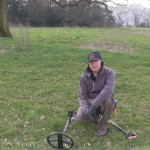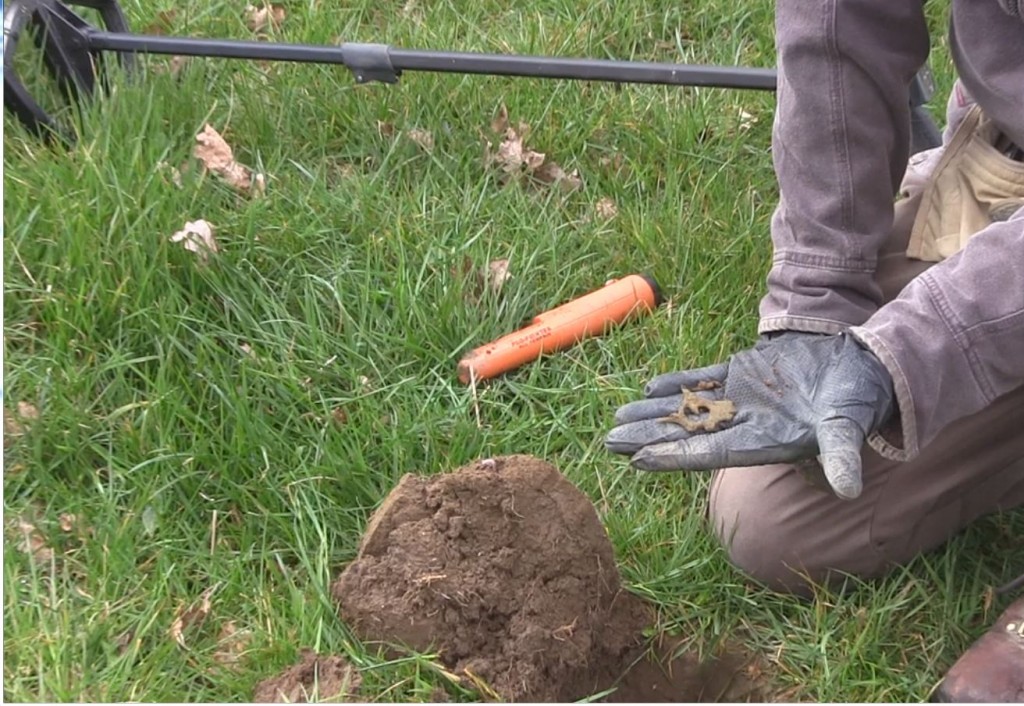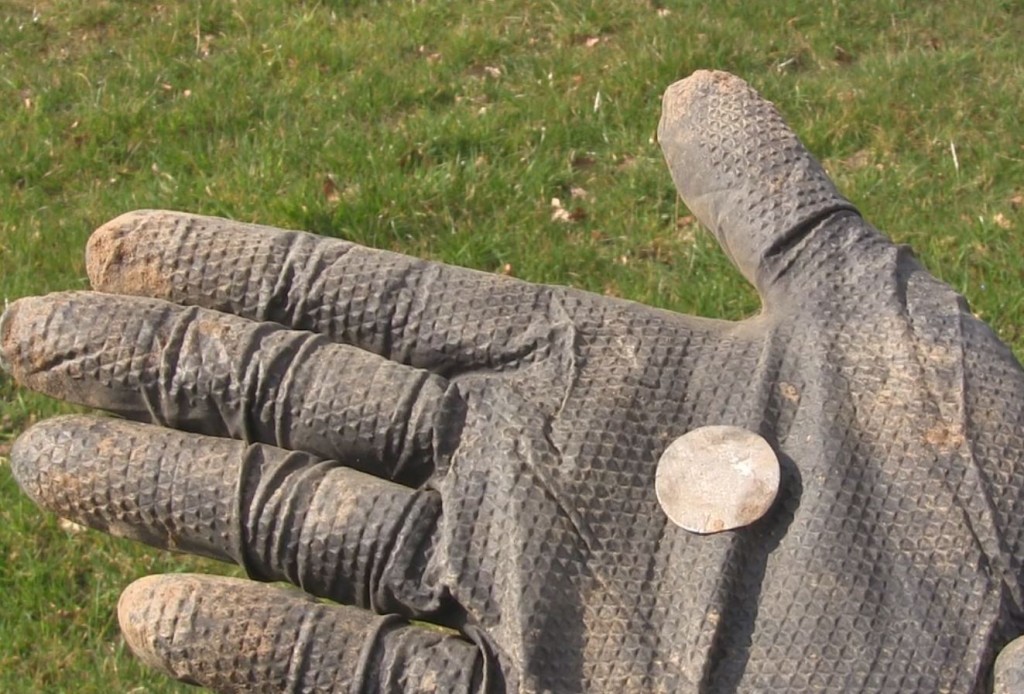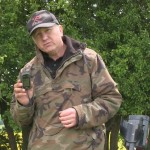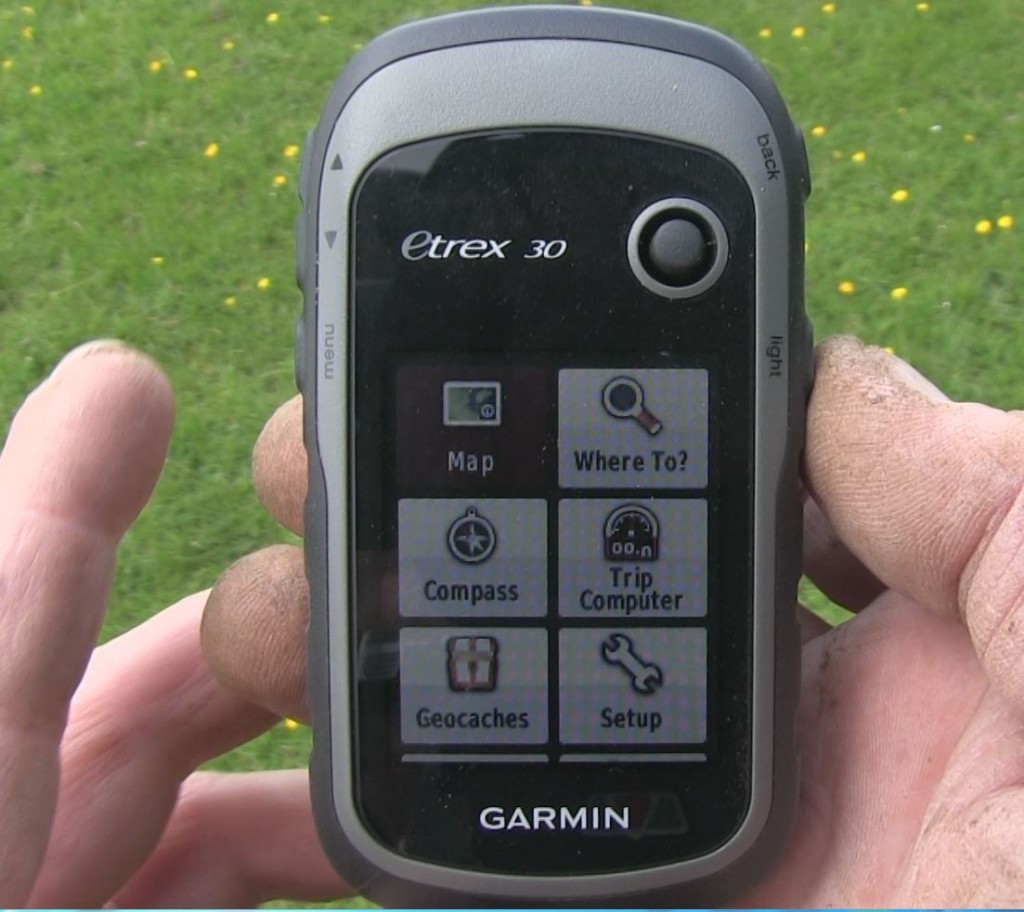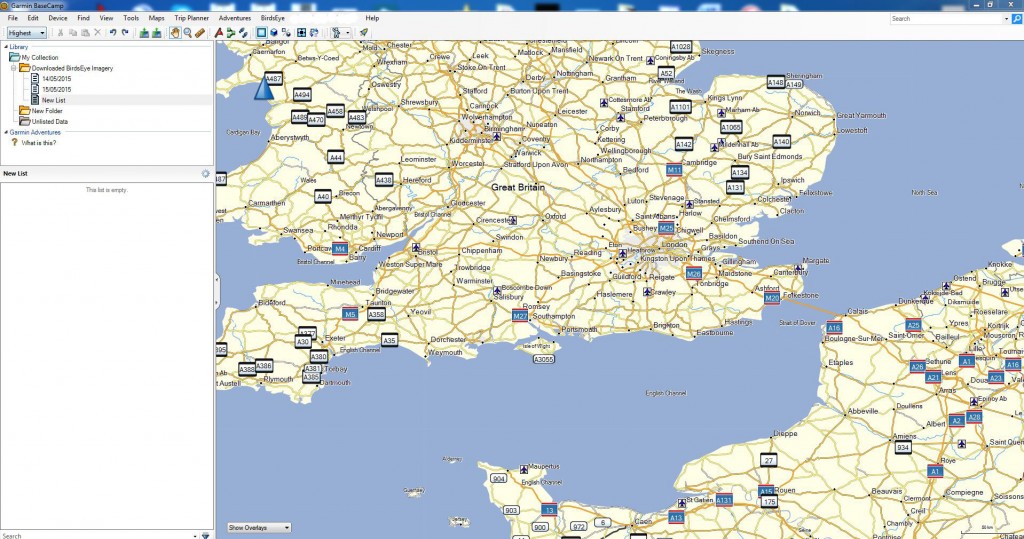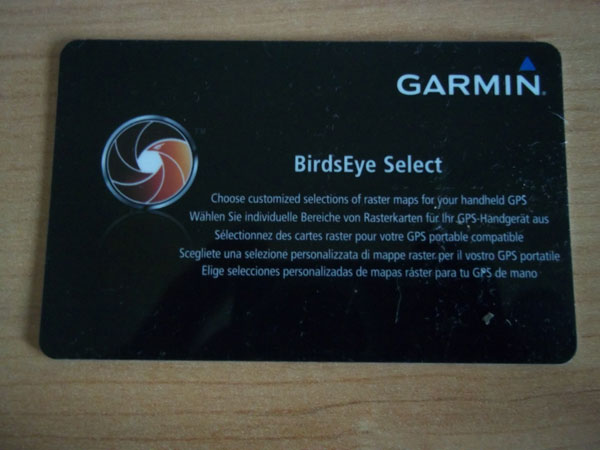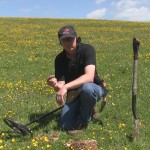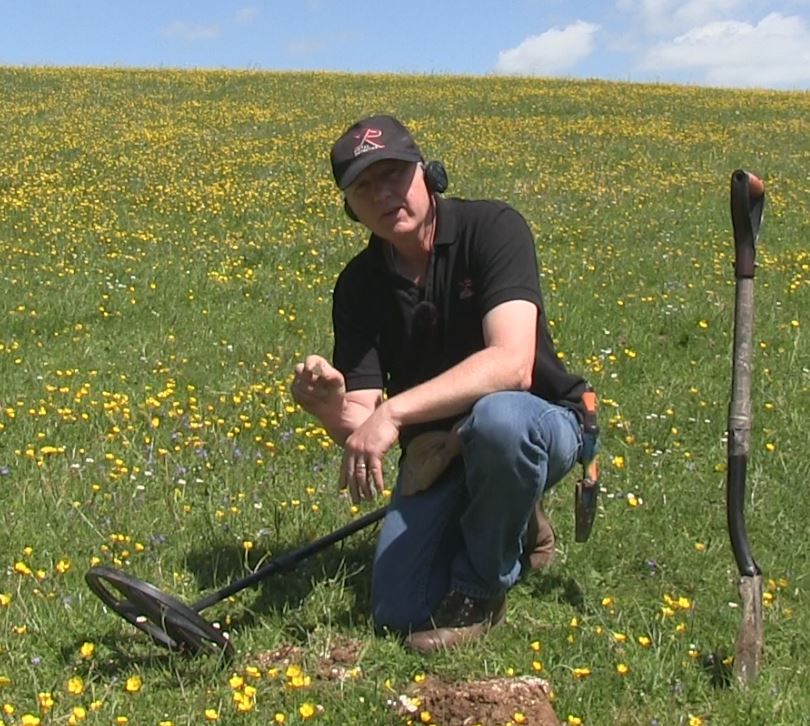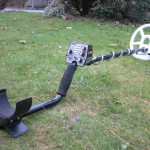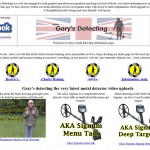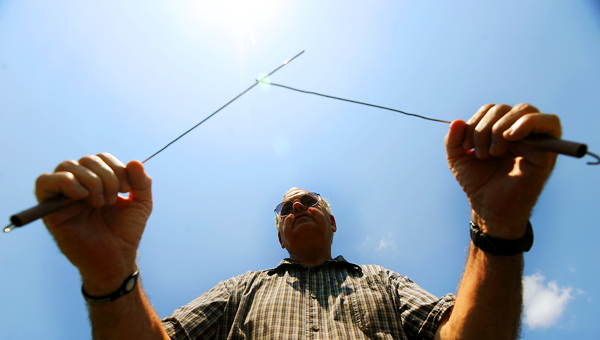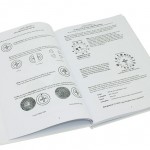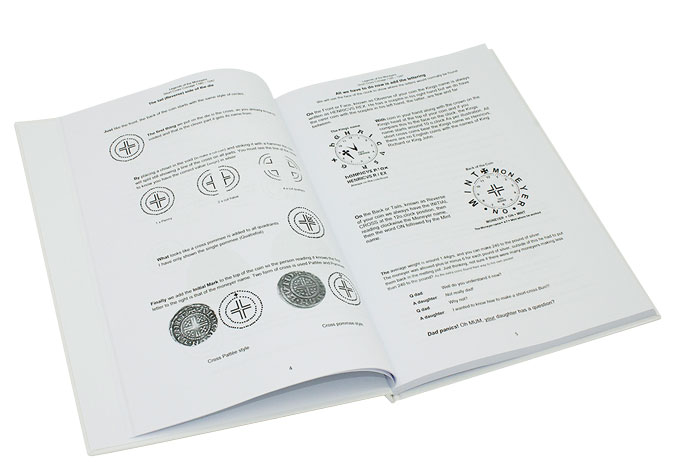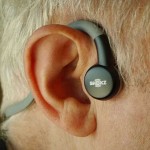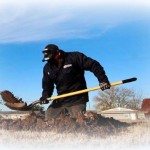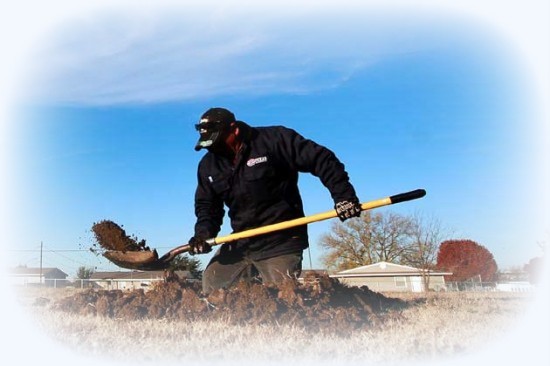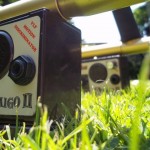XP Deus secrets
This is a follow-up to my earlier metal detecting article and video called XP Deus Deep Targets, the earlier article shows some deep targets being recovered using 4Hhz this time I wanted to go out and try my Deus on 8Khz and see how it performed.
I particularly wanted to run through some tone settings as I have had lots of e mails asking what XP Deus tone in the deepest….well to be honest there is not a deep tone setting for one person, we are all different and like to hear our metal detectors signal in a variety of formats.

Full tone is by far the most popular, combined with my “HOT” program and zero discrimination is a fast and responsive way of getting every last ounce of performance out of your XP Deus…OK it’s not for everyone, some people just like the simplicity of 2 or 3 tones, and I would say that’s fine, as long as you are confident in your settings.
Adjusting the HOT program with the XP Deus
If you find the HOT program to noisy it could be a sign of your detecting pace is to fast, try to slow down and just let the machine flow from target to target, you will soon find the optimum pace and swing speed for your Reactivity setting.
What do deep targets sound like on the XP Deus ?
When I say deep I am referring to targets that are on the edge of the Deus capability, these signals quite often do not sound clear, there may be some iron tone bleeding through, but the key is a repeatable sound and possibly slightly “clipped”.
A loud “clipped” sound is more than likely to be Iron so be aware that a sensible audio gain of around 3 will give a very good audio perception of depth, where as a high audio gain will be loud no matter what depth the target is.
During my test I found some interesting targets, most at very respectable depths.
The video below shows the XP Deus in action and locates some difficult targets at depth, pay attention to the different audio sounds and make a mental note so you can convert these metal detecting tips into more finds.
XP Deus digging deep using different tone configurations.
We would appreciate it if you could subscribe, like and sign up for regular Detecting 101 e mail updates
Metal Detecting 101 Social Media Links
